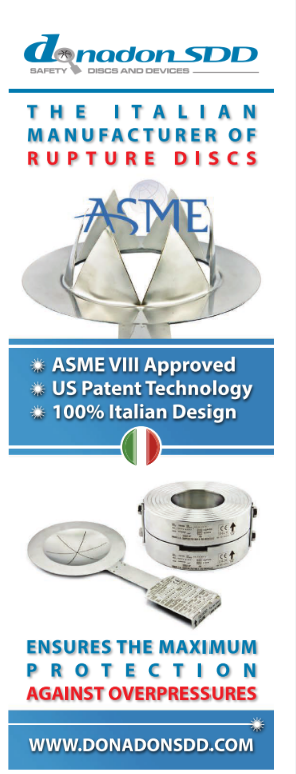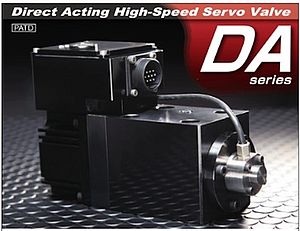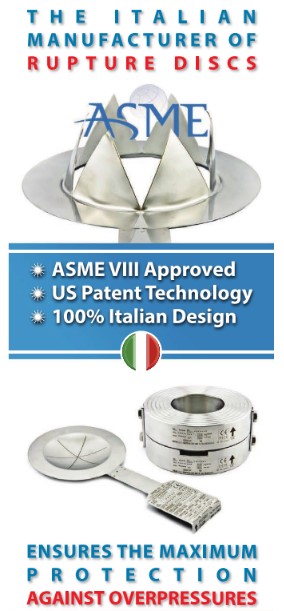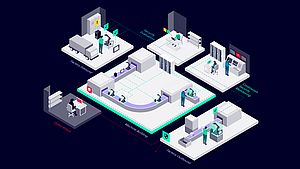Yokogawa’s CENTUM VP R5.02 production control system gained VGB-R170C requirements from VGB PowerTech e.V.: the independent technical association representing the interests of power plant operators and manufacturers. These requirements and rules have been consistently implemented into the CENTUM VP R5.02 system, and were checked and certified by TÜV NORD in May 2013 for compliance.
VGB PowerTech e.V. has created rules and regulations in the form of directive VGB-R170C, where the demands to comply with a key technology standards with high availability and reliability are described. The rules outline complementary measures to prevent key technology failures and define function-related documentation of power-plant control and instrumentation in line with operating requirements.
VGB-R170C features in the CENTUM VP R5.02 control system include segregation of process technology sections, implementation of the KKS identification system and the VGB control function hierarchy, symbolic representation of functions, and document interlinking.
Systematic documentation requires the process installation to be divided into various sections based on their functions. The process sections are divided hierarchically into process control, group control and individual control sections in line with their functions in the operation of the plant.
A hierarchical identification system is necessary to represent a functionally segregated structure. Such a functionally segregated representation system also needs to have a hierarchical identification system to enable clear process and document designations. CENTUM VP R5.02 achieves this by using the KKS identification system developed by VGB.
VGB-R170C requires a process control system to have a hierarchical representation of the control functions into overview, area and individual levels. Accordingly, control system functions are represented and documented in a 3-level hierarchical structure (functional diagrams) to enable rapid and efficient familiarisation of control functions.
Control functions in functional diagrams are represented graphically using standard symbols for function blocks and standard process technology symbols. At higher levels, related functions are bundled together and represented symbolically. The depth of representation expands as we move down vertically from the overview level to the area and individual levels.
All diagrams of a functional unit are grouped together into one document. The documentation follows the control hierarchy by starting from the overview level and progressing to more detailed levels, for each type of control task.
Diagrams contained in a functional unit are interlinked with one another. This can be by vertical interlinking - navigation between functional diagrams of different levels of functional hierarchy where a functional relation exists – or horizontal interlinking: navigation between functional diagrams at the same levels where signal exchanges occur.
Yokogawa’s control system
gained VGB-R170C requirements
- June 10, 2013
- 167 views

























































